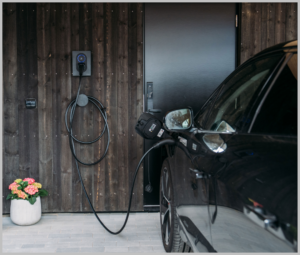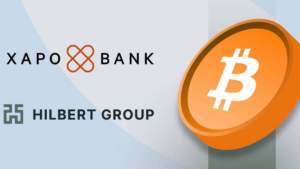BHP calls for a review of the London Metal Exchange’s nickel benchmark
The world’s largest mining group has called for urgent reform of the London Metal Exchange’s nickel benchmark, arguing that last year’s chaos shows that the critical price mechanism has been increasingly removed from the way the metal is traded.
BHP on Tuesday became the latest industry player to openly criticise the LME’s nickel contract, which has been accompanied by low liquidity since March last year when prices more than tripled to record highs in three days. The rise came as fears over Russian supply turned up a huge bet by Tsingshan, the world’s largest nickel producer and consumer, on falling prices and led the exchange to controversially suspend trades.
“The global price discovery mechanism for this critical building block of the energy transition is not working well,” BHP said on Tuesday in its annual economic outlook. “The reform of the LME’s metal supply rules is long overdue. The LME short squeeze section [förra mars] highlighted vulnerabilities that had been building up for several years.”
The broadside from the Australian group echoed frustrations widely voiced by mining groups, traders and consumers who rely on LME contracts to hedge against changing prices for nickel, which is used in stainless steel and electric car batteries.
The LME benchmark refers specifically to so-called grade 1 nickel, and the exchange accepts only this high-purity metal for delivery to its warehouses. Acceptance of their product by a marketplace is usually a condition for producers and traders to secure funding from banks.
The contract has long been used as a reference for lower grades of nickel, but this has become increasingly problematic as grade 1 nickel has become a smaller and smaller share of the total market.
In 2010, 57% of global nickel production could be delivered to LME warehouses, but that figure has fallen below 30% and will fall further, according to BHP. The shift reflects rapid growth in the supply of intermediate products such as nickel pig iron or mattes that were developed in response to the needs of a rapidly expanding battery supply chain.
Compounding the problems for the nickel market is the large concentration of production and consumption of battery grade materials in Indonesia and China respectively.
“The fundamental tension is that the exchange where the reference price is set has become more distant from what is happening in the physical clearing market,” BHP said.
LME nickel prices are trading at around USD 27 200 per tonne but analysts and traders say the price should be somewhere closer to USD 20 000. Nickel prices rose higher in December in a return to volatile trading patterns.
The gap between the price of lower-grade nickel and LME prices has become too wide for the benchmark to be used reliably in contracts and trades in some cases.
Market dysfunction makes it more difficult for mining companies, traders and consumers to manage price risks and can even threaten future supply by making it difficult to assess the economics of new projects and secure financing for them.
The LME has tried to restore trading volumes to contract but its efforts to resume nickel trading during Asian hours have stalled because the UK Financial Services Authority has not allowed a reopening.
About the Viking
With Viking’s signals, you have a good chance of finding the winners and selling in time. There are many securities. With Viking’s autopilots or tables, you can sort out the most interesting ETFs, stocks, options, warrants, funds, etc.
Click here to see what Vikingen offers: Detailed Comparison – Stock exchange software for those who want to become even richer (vikingen.se)












